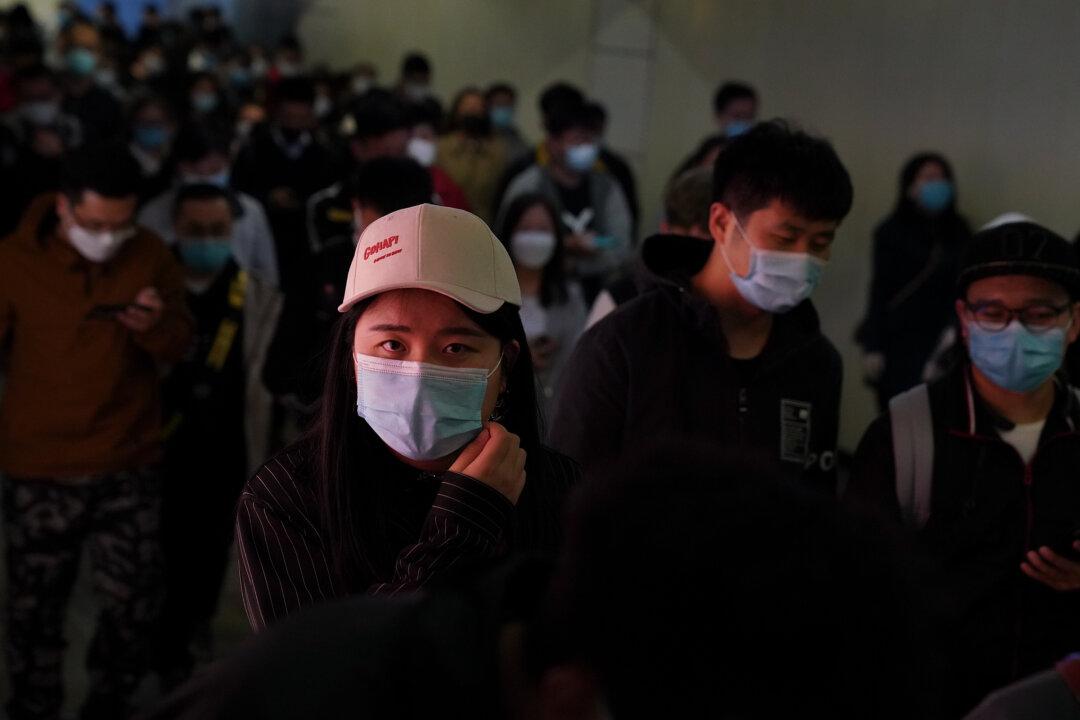The CCP virus outbreak in Hebei Province continues to worsen as two hospitals reportedly had large numbers of medical staff members who have tested positive for COVID-19, the disease caused by the Chinese Communist Party virus.
Meanwhile, authorities detected a superspreader in Jilin Province and scrambled to find all those who were in contact with the person in recent days.





